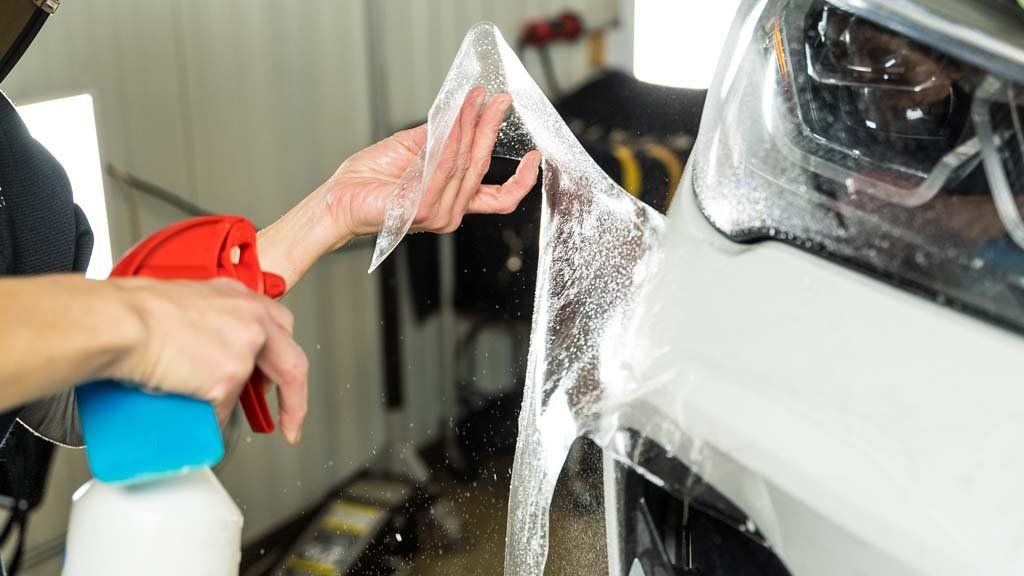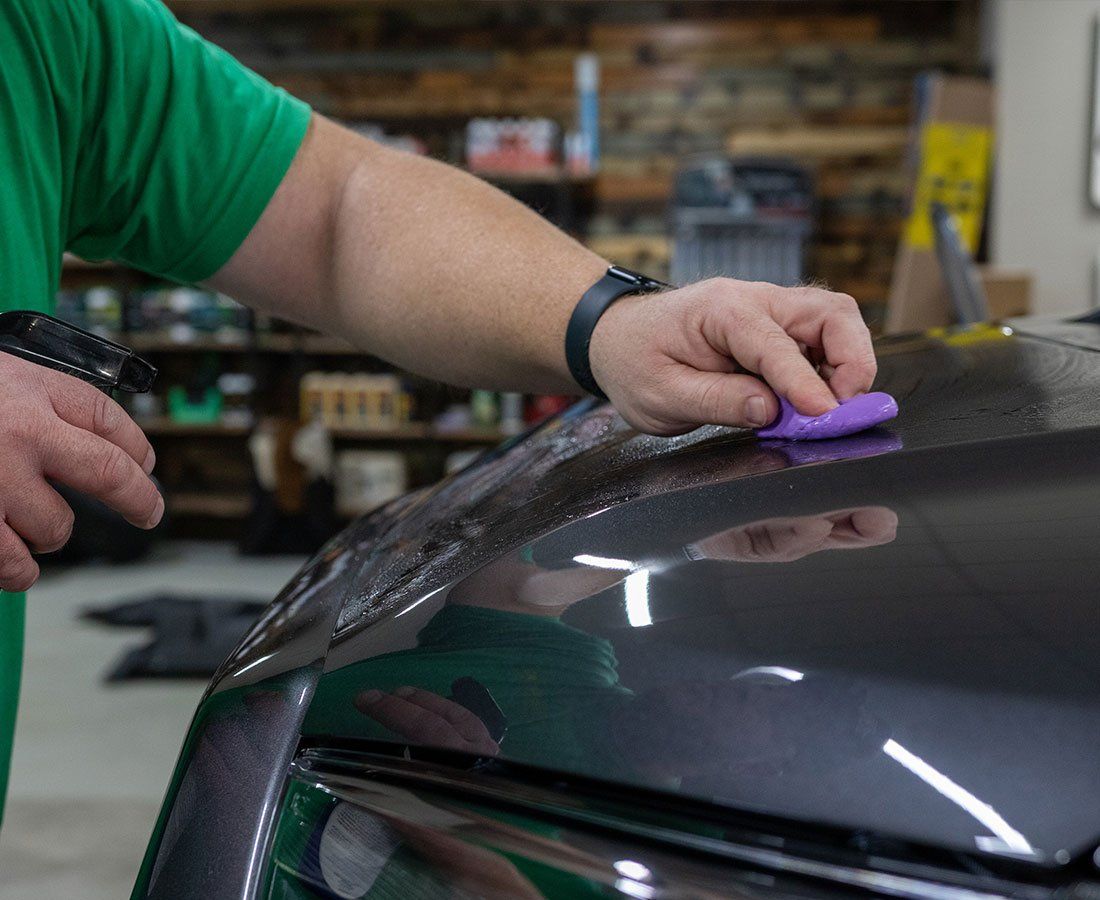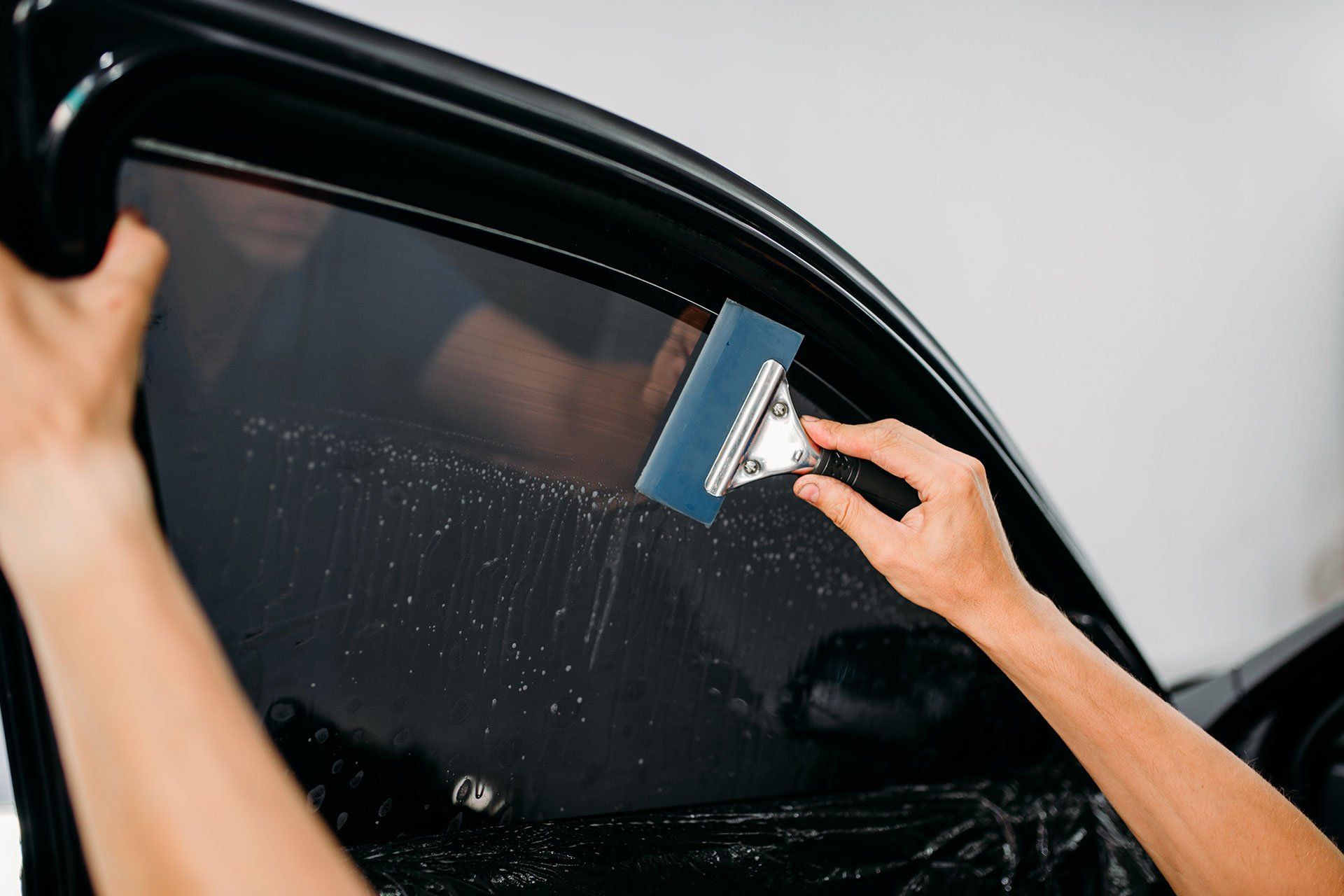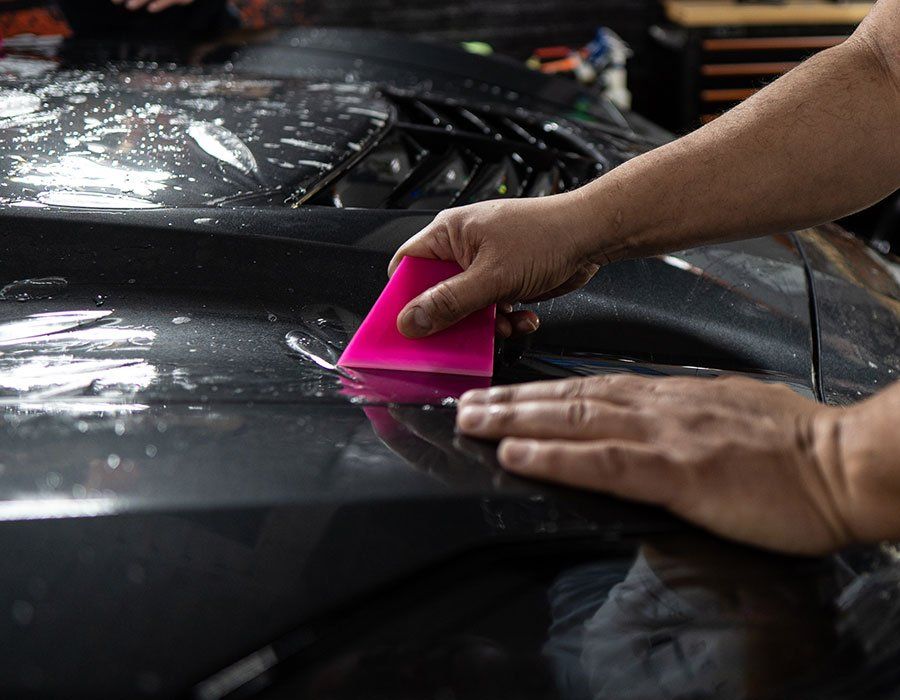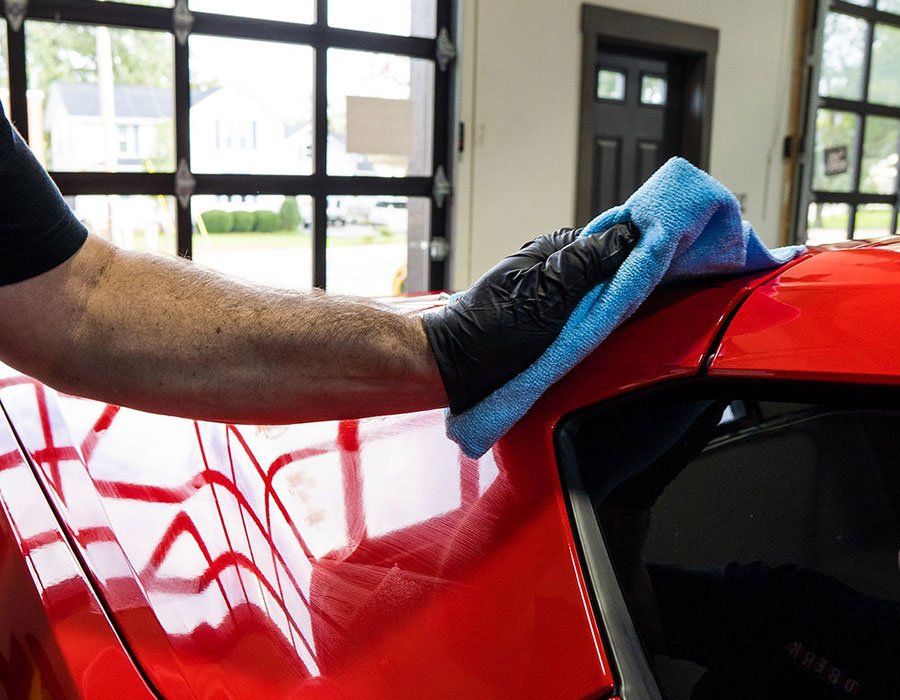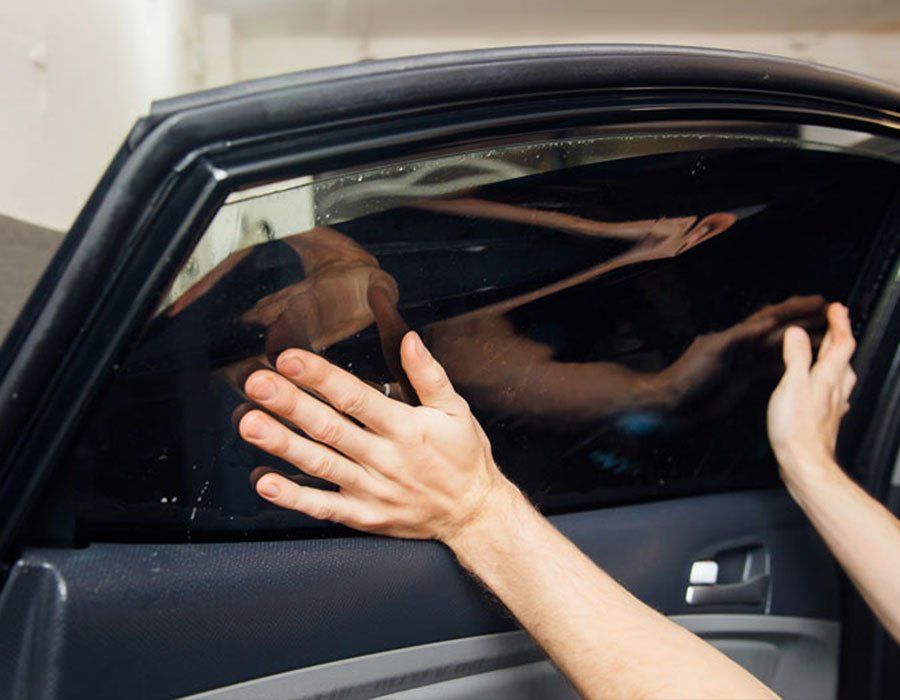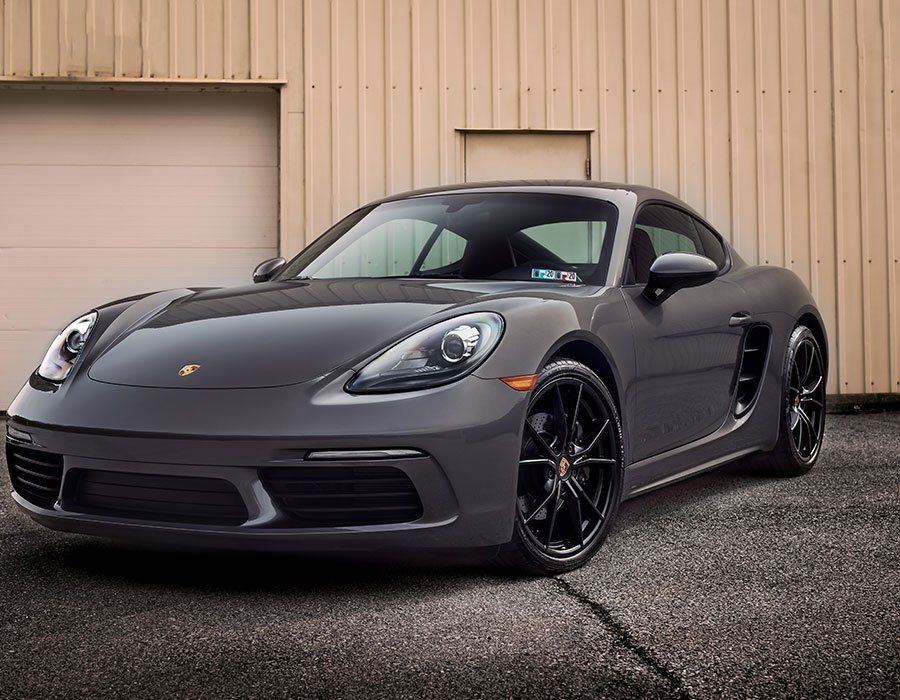How to Choose the Best Paint Protection Film Installer for Your Car?
CALL (727) 940-2340
SCHEDULE NOW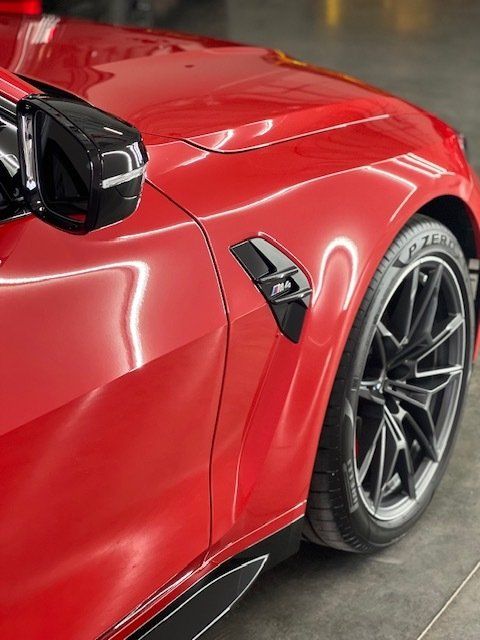
Your vehicle represents a significant financial investment. You want it to last a long time while still looking good. Cars depreciate over time, but that doesn't mean you can't improve their quality and reliability by preserving their exterior. There are numerous common hazards that can damage the exterior of your vehicle, such as rock chips and scratches on the paintwork.
Fortunately, there are inexpensive methods for protecting your car's paintwork. Most car owners are drawn to the installation of paint protection film, also known as PPF. PPF is a thermoplastic urethane film that protects the exterior from sap, bugs, road debris, gravel, small rocks, and other abrasion sources while preserving the factory color and shine of your vehicle.
There are several paint protection films and window film options available on the market today. While you can buy the best paint protection film, it is only as good as the installer. Choosing the wrong paint protection film installer could result in a waste of your money.
Finding the Right Paint Protection Film Installer
You should never choose a paint protection film installation company solely on price. There are several characteristics to look for when deciding on the best paint protection film installer, including:
An Informative Website
A reputable PPF installer will have an appealing and informative website. The company's website provides information about its expertise, experience, and values. PPF installers who are committed to their work are proud of their work and willing to display it on their websites.
They searched the photo gallery for before and after pictures of successful paint protection film applications. Furthermore, the website should provide information on the paint protection film application process as well as the various types of PPF available. Remember to read the Yelp and Google reviews to see how other customers rate the company's work.
Industry Experience
Installing paint protection film requires experience, skill, and an eye for detail. A minor error during the PPF application process can make a car appear even worse than before. A skilled PPF installer has years of experience wrapping various types of vehicles in paint protection films.
If you have a prospective PPF installer company in mind, take the time to visit their website and take a look around. It is also important to check if they are licensed and insured. Examine their workstation to see if it is clean and well-organized.
Customer Satisfaction
The best way to tell if a paint protection film installer is reputable is to look at their customer retention rates. Customers who are satisfied with the quality of work will always return and will also recommend the company to other car owners. If you can't find anyone to recommend a good paint protection film installer, you can look up reviews on a company's website.
Clear Communication
Maintaining a clear line of communication is critical when it comes to auto services. A good paint protection film installer will take the time to explain to their clients the PPF application process, the different types of PPF, and what is best for their vehicles.
Don't be afraid to ask any questions you have about the services they provide, how long the process will take, and what equipment they use. A truthful PPF installer will gladly answer all of your questions. They will also keep you updated on the progress of their work before completing it.
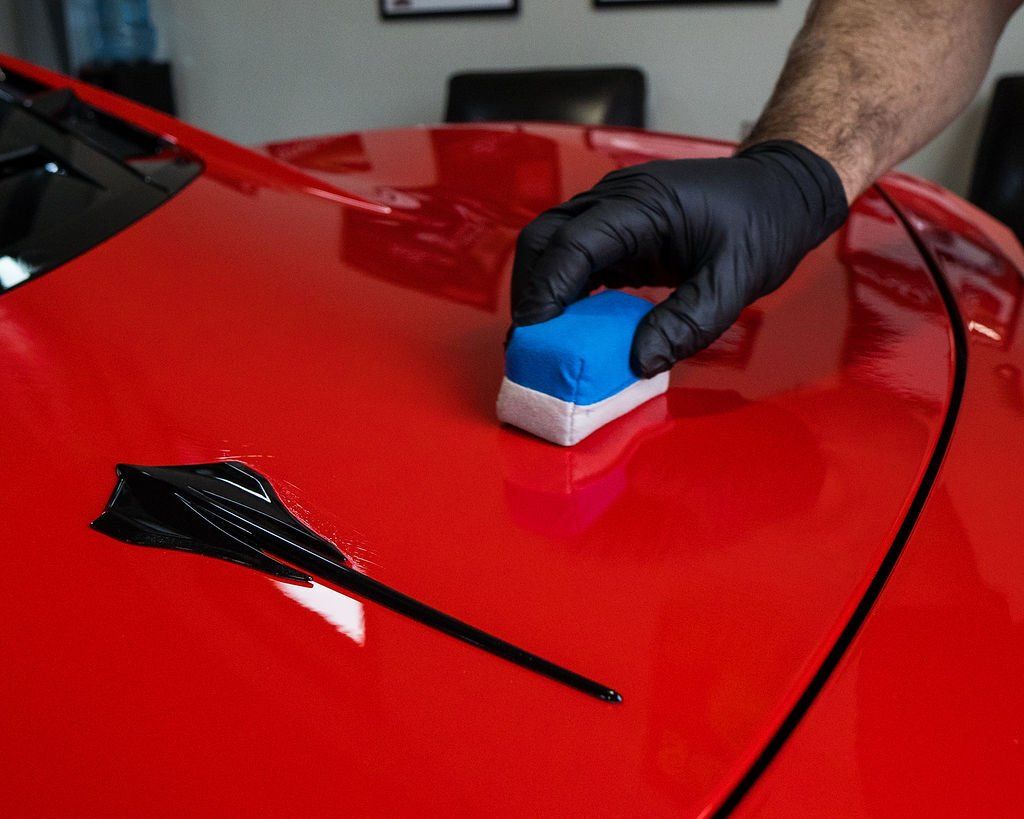
Auto Film Guys: The Best in Paint Protection Film Installations in St. Petersburg, FL
We are certified installers with years of experience installing quality paint protection film, window tinting, ceramic coating, and other services at Auto Film Guys. Our installation team is unwavering in their commitment to doing their job correctly at every step without making excuses or taking shortcuts. We are the best in the business because we only deliver high-quality results on time and within budget.
Our company strives to provide the best options for glass and paint protection. Following extensive research, we now offer two types of PPF to all vehicles: STEK and XPEL paint protection films. These two products protect surfaces and have self-healing properties while also allowing our ceramic coatings to have a glossy finish.
Visit us at 435 Brady Rd, Unit A, Tarpon Springs, FL, for more information about our paint protection installation services. To schedule an appointment or get a free estimate for your installation, call (727) 940-2340 or email info@autofilmguys.com.
The Auto Film Guys Blog
